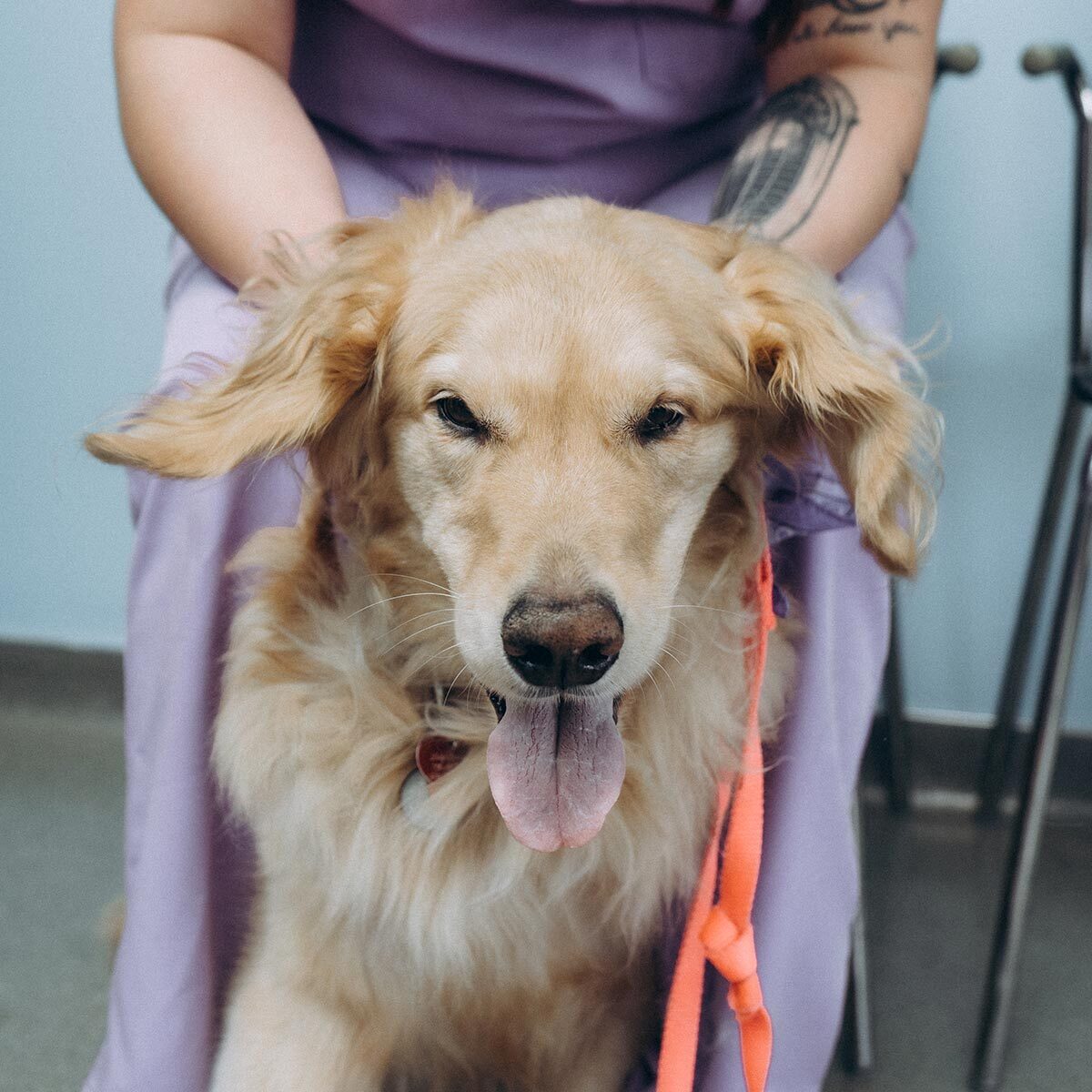Why Spay or Neuter Your Pet?
Spaying (for females) and neutering (for males) provide a range of health, behavioral, and community benefits:
Health Benefits
- Cancer Prevention: Spaying eliminates the risk of uterine or ovarian cancer, while neutering eliminates the risk of testicular cancer. Both procedures also reduce the likelihood of breast cancer and prostate problems.
- Infection Prevention: Spaying prevents life-threatening uterine infections, such as pyometra, common in unspayed females.
- Longer, Healthier Life: Pets that are spayed or neutered often live longer, healthier lives thanks to these preventive measures.
Behavioral Benefits
- Reduced Roaming: Spayed or neutered pets are less likely to roam in search of a mate, which reduces the risk of accidents or injuries while away from home.
- Calmer Demeanor: Neutering may help decrease aggressive behaviors, mounting, and marking in males.
- No Heat Cycles: Spayed females won’t experience heat cycles, eliminating behaviors such as vocalization and attempts to escape.
Community Benefits
- Fewer Unwanted Litters: Preventing unplanned litters helps reduce the number of animals in shelters and in need of homes.
- Improved Community Health: Fewer stray and unvaccinated animals help protect against the spread of diseases.
What to Expect During the Procedure
At Sandy Paws, your pet’s safety and comfort are always our top priorities. Here’s what happens when your pet comes in for a spay or neuter:
Pre-Surgical Assessment
We perform a thorough physical examination and bloodwork to ensure your pet is healthy enough for anesthesia and surgery. This evaluation helps us create a tailored anesthesia and pain management plan.
Surgery
Spaying involves removing the ovaries and uterus in female pets, whereas neutering involves removing the testicles in male pets. Both are performed under general anesthesia to ensure your pet feels no pain during the procedure.
Monitoring
During surgery, we closely monitor your pet’s vital signs, including heart rate, respiration, blood pressure, and oxygen levels, using advanced equipment. Our veterinary team stays by your pet’s side to provide continuous care.
Post-Surgical Care
Once the procedure is complete, your pet will rest in our recovery area under close observation. We’ll provide detailed home care instructions, including how to manage their activity, monitor the incision site, and administer medications.


When Should Your Pet Be Spayed or Neutered?
The ideal age for spaying or neutering depends on your pet’s breed, size, and health. While these procedures are commonly performed on puppies and kittens as early as 4-6 months, they can also be done on much older pets. We’ll work with you to determine the best time for your pet.
Routine Surgery, Major Impact
Spaying or neutering is a simple step that makes a big difference in your pet’s health and happiness. If you have questions or want to schedule your pet’s procedure, give us a call!
